Every day, the human body needs certain micronutrients and vitamins. They are necessary for the correct and full functioning of all internal systems. Since they mainly come to us through food, it is so important to maintain a balanced diet to maintain a healthy lifestyle. Especially valuable in this regard is iron. It is necessary to maintain the daily dosage of this microelement in order to subsequently avoid a number of health problems by consuming the necessary products. What is iron in? This is what will be discussed.
The role of iron in the human body
Such a trace element necessary for our body, like iron, performs important functions and plays an important role in the metabolism process. Once in the stomach when consuming iron-containing products, it is absorbed mainly in the upper intestine.
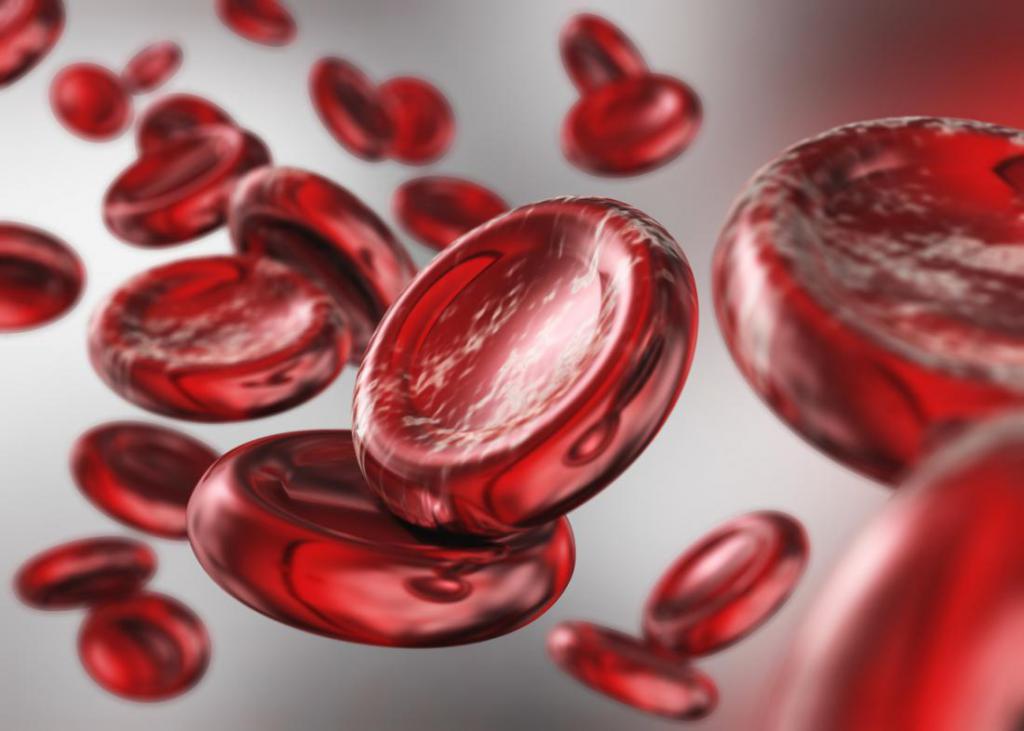
Then, once in the circulatory system, iron promotes the formation of hemoglobin. Thanks to this special protein, oxygen molecules are transported to all body tissues. Other tasks are also assigned to him:
- He takes an active part in the life of every human cell.
- Promotes hematopoiesis.
- It is an indispensable part of proteins and enzymes.
- Supports the processes of aerobic metabolism at the proper level.
- It takes part in redox processes.
- Contributes to the destruction of products through peroxidation.
The lack of iron is most often experienced by the female body during the period of bearing a child. Therefore, every pregnant woman needs to know where and in which products iron is contained.
With the advent of the third trimester, doctors usually prescribe future mothers with iron-containing drugs in order to make up for the deficiency of this essential trace element.
Varieties of iron
Since this trace element fulfills important responsibilities for the transport of oxygen, often with its lack of hypoxia occurs. At the same time, the efficiency of the immune system decreases, exactly as mental abilities weaken. The skin becomes dry, including mucous membranes, fatigue occurs, and insomnia develops on the background of this.
Of course, when it comes to iron, we mean organic matter, not nails or rusty water. The latter are inorganic compounds that have a detrimental effect on the human body.
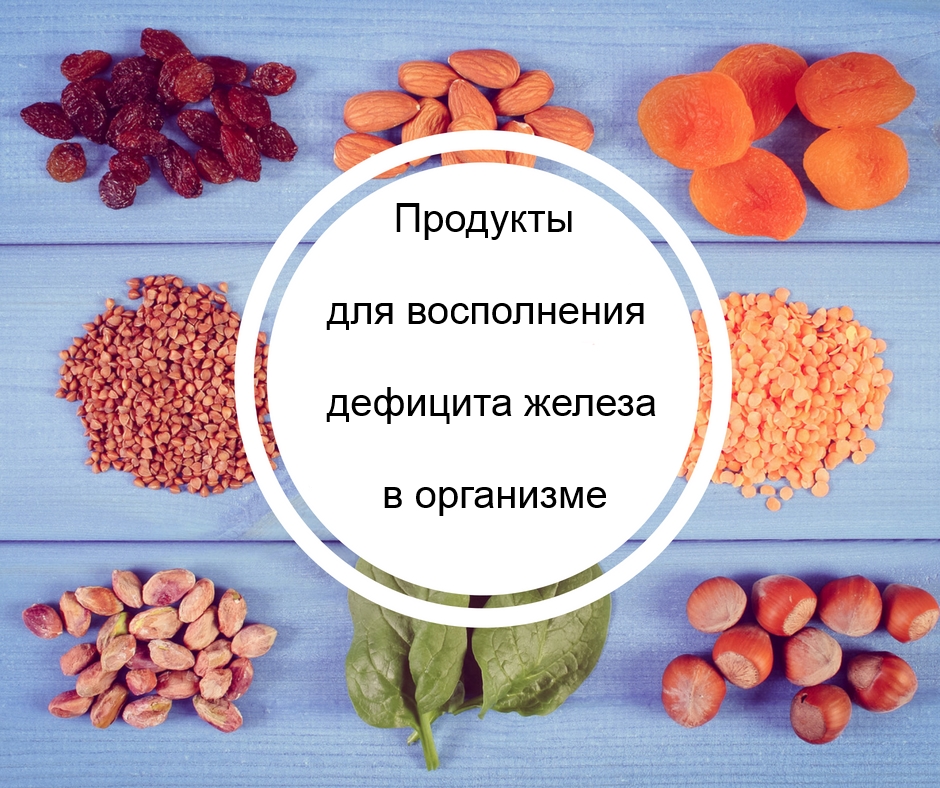
Regarding the question, what products contain iron for hemoglobin, it is worth noting that it is of two types:
- Hem trace element - is a product of animal origin. Its name is due to the fact that it is part of the hemoglobin of animals. In this regard, such iron has a high degree of digestibility by the human body - up to 35%.
- Non-haem substance - this component is found mainly in plants. Its digestibility is already slightly lower - up to 20%. But at the same time, this is true for a diet.
As for plant foods rich in iron, it is recommended to combine them with food of animal origin with the inclusion of vitamins C or B12.
Iron absorption
In order for the body to perceive iron, the correct secretion of gastric juice is important. Protein of animal origin, as well as a number of acids (ascorbic and other organic analogues) contribute to the improvement of iron absorption. For this reason, iron-rich vegetables and fruits with a high content of Group C vitamins, along with organic acids, are best absorbed by the human body. Understanding this is as important as knowing which foods contain iron. A list of products will be given below.
A number of simple carbohydrates (lactose, fructose, sorbitol), including amino acids (histidine and lysine) can also contribute to the correct perception of the element. At the same time, oxalic acid and tannins, on the contrary, worsen the absorption of iron. In other words, spinach, sorrel, blueberries can not be considered sources of this trace element.
Phosphates and phytins, which are full in cereals and legumes and some vegetables, completely inhibit the absorption of iron. However, if you add meat or fish delicacies to the menu for these products, this process will improve.
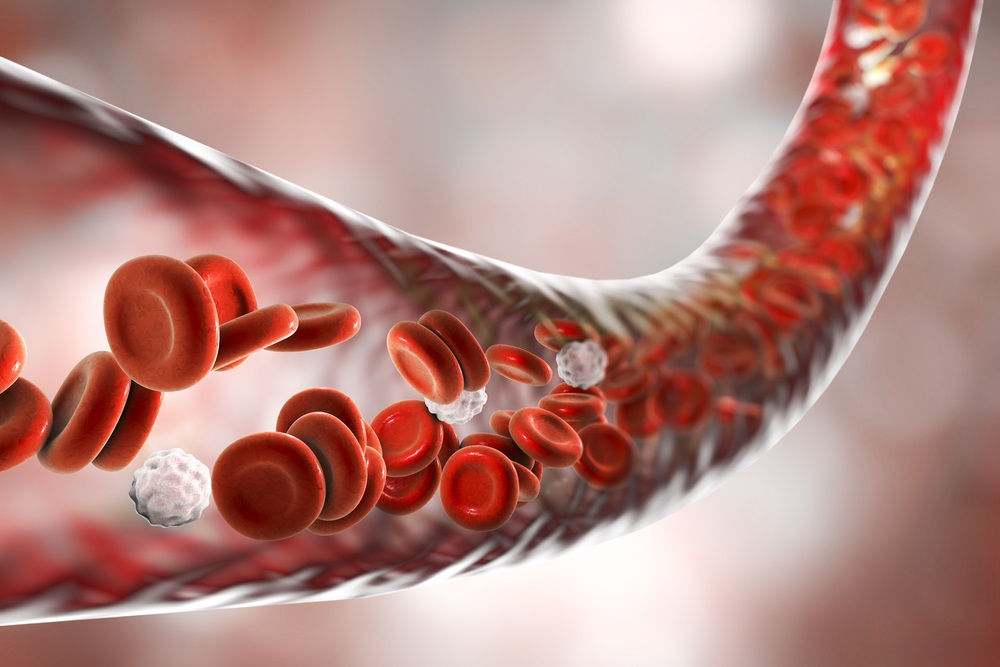
In addition, strong tea, coffee and the consumption of a large amount of dietary fiber, especially bran, can serve as an obstacle to the absorption of iron.
Iron consumption per day
As we now know, a lack of iron in the body can lead to the development of oxygen starvation. However, this is not the whole list of complications; here, failures in the work of the heart and gastrointestinal tract should be added, against which various diseases arise. In addition, it does not affect the thyroid gland in the best way. As a result, a person begins to gain excess weight uncontrollably, and some products also help him. What is iron in? Such a question is always relevant in such a case.
Under normal conditions, three to four milligrams of iron is in the human body. But every day we lose up to 1 milligram of this valuable trace element. This happens naturally:
- due to desquamation of the skin, sweating;
- due to bleeding;
- due to hereditary predisposition.
We all know what cardinal changes are taking place in the body of a pregnant woman. Most of the iron is spent on intrauterine development of the child (the construction of the placenta, red blood cells and other needs).
Iron-containing products or vitamin complexes are relevant for anemia, which provokes an unsatisfactory condition of a person. Therefore, in order to avoid health problems, it is necessary to observe the daily dosage of iron:
- children under 13 years old - from 7 to 10 mg;
- for adolescents - for boys 11 mg, for girls 15 mg;
- 8 mg is enough for men;
- women are shown from 18 to 20 mg;
- pregnant women at least 27 mg.
As for the fair sex, then during menstruation and during breastfeeding, there is a need for certain products. What is iron in?

As promised, now it is time to address this issue more specifically. Somewhere there is a lot of iron, but somewhere it is not enough.
Meat
Without a doubt, meat is a valuable product for many people around the world. When it is consumed, a person satisfies a nutritional need, receives tasty foods, and satiety lasts for a rather long time. In terms of iron content, pork liver is especially valued, in 100 g of which the amount of iron is 150% of the daily norm.
As a rule, meat delicacies are made from striated muscle of animals. And here the leading position is held by rabbit meat (per 100 g of the product - 30% of the daily norm). A little less iron is found in veal. Both veal and rabbit meat can be considered a useful dietary product due to the minimum fat content and maximum amount of protein.
Fish
A balanced diet involves the inclusion of fish in the menu. The most “glandular” representatives of such fauna:
- perch;
- tuna;
- mackerel;
- pike.
The remaining sea and river inhabitants are significantly inferior in the championship:
- pollock;
- pink salmon;
- capelin;
- saury;
- herring;
- horse mackerel;
- carp;
- bream;
- zander.
Regarding the question of what iron is contained in, the products listed above have no more than 1 mg, or even less. The peculiarity of this microelement is that it is able to maintain its useful properties even during heat treatment and preservation. Due to this, canned fish are in no way inferior in use in comparison with freshly prepared dishes.
Vegetable storehouse
Vegetables contain many useful trace elements - vitamins, minerals, fiber. In addition, they are very low in fat. From vegetables you can prepare hot dishes and cold delicacies, snacks, delicious desserts and equally healthy drinks. They are also subject to pickling, pickling, canning, due to which many housewives make stocks for the winter.
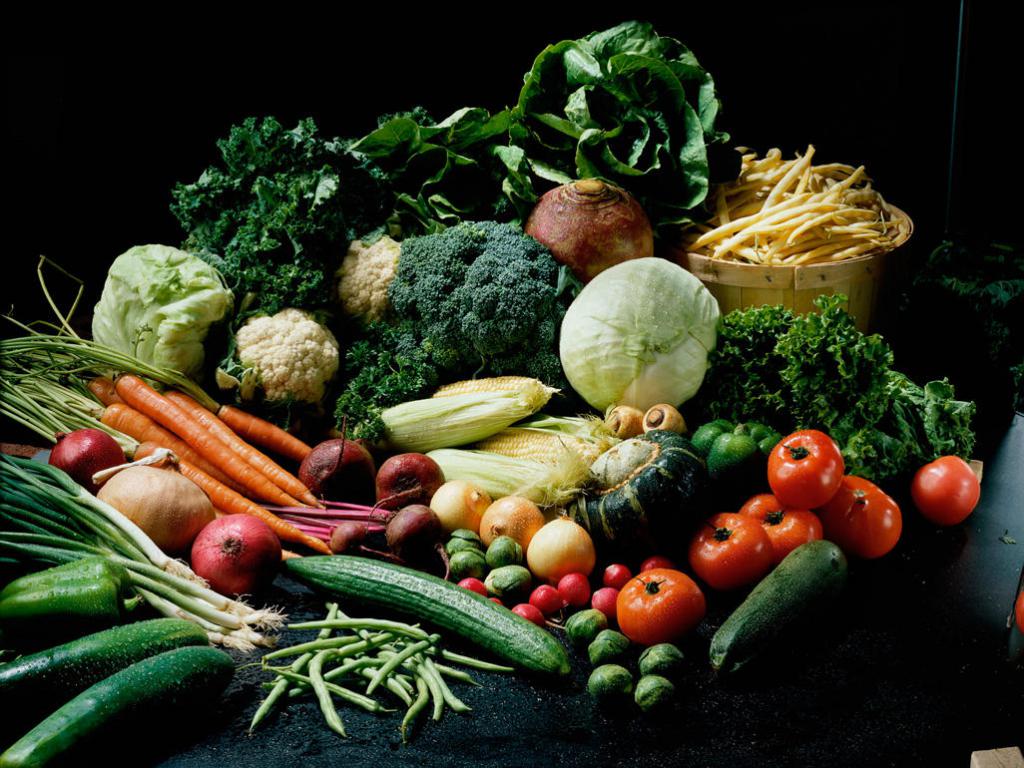
In addition, vegetables have one important advantage - they can be consumed raw. And with any type of heat treatment, the amount of iron does not decrease.
What foods contain the most iron? 100 grams of spinach plant contains 3.5 mg. The second line in the ranking is asparagus - 2.5 mg. Bronze can be given to chard and garlic - 1.7 mg. In most other representatives of the vegetable flora, the iron content does not exceed 0.8 mg.
Fruits
Who doesn’t like fruits that beckon with a ripe and mature look? Of course, you can’t say about them that this is a real storehouse of iron. Its maximum concentration:
- 2.5 mg in apples and pears;
- 1.6 mg in passion fruit;
- 1 mg in dates.
Many are convinced that most of the iron is found in apples that everyone loves. In fact, in order to satisfy the daily requirement for this microelement, it is necessary to eat 40-70 fruits every day! Apples are valued, first of all, because they contain a considerable amount of vitamin groups - B, A, C, K, H, E, P and PP, which allows the body to better absorb iron.
Greenery
Continuing to disassemble where iron is contained in the products, one cannot but mention the greens. It is mainly used in cooking as a seasoning due to the content of essential oils. At the same time, there is plenty of iron here.
The rating of iron in greens may look like this:
- Bay leaf - 43 mg.
- Parsley, dill, peppermint - not more than 6 mg.
- Basil - 3 mg.
- Cilantro, celery - 2 mg.
- Chives 1 mg.
- Salad - 0.5 mg.
Mother Nature herself made sure that green garden crops combine the organic form of iron with vitamin C and folic acid, which contributes to its absorption.
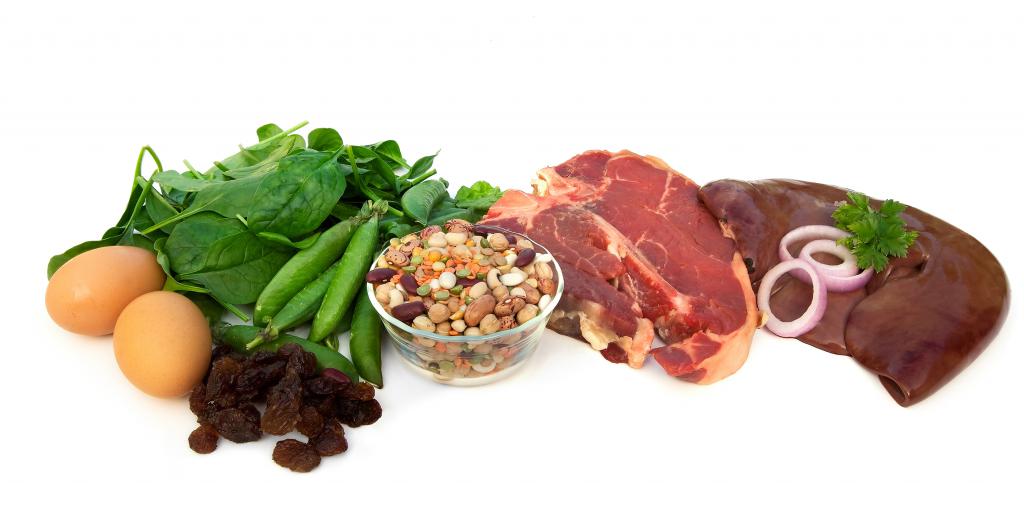
Only here, to satisfy the daily requirement, a whole bunch of greenery is needed.
Cheese
Some people prefer cheese, but the iron content in such a healthy and tasty product is not so great (per 100 g):
- Kostroma, Dutch, Poshekhonsky grade - 1 mg.
- Parmesan, Swiss - 0.8 mg.
- Mozzarella, Roquefort - 0.5 mg.
Finding out what foods contain vitamin iron, it is worth considering that the main raw material for making cheese is milk. And it has a large amount of calcium and magnesium. On the one hand, these trace elements benefit the human body, and on the other hand, interfere with the absorption of iron.
That is, cheeses should not be considered as the main source. For this reason, with a clear lack of iron, it is better to pay attention to other products. Simply content with the taste of this product.
Nuts
What is a nut from a culinary point of view? This is an edible core surrounded by a hard shell. But underneath is hidden a lot of useful trace elements, including vitamins. The following representatives should pay attention:
- pistachios - 60 mg (the undisputed leader among all other analogues);
- pine nut (scientifically the seed of pine pine) - 5.5 mg;
- peanuts - 5 mg;
- almonds, cashews - 4 mg;
- hazelnuts - 3 mg;
- walnut - 2 mg.
The question of which foods contain a lot of iron is especially relevant if a person’s hobbies or professional activities are associated with heavy physical or mental stress. Also, indications for eating nuts can be considered anemia, great blood loss, following a strict diet.
Excess Organic Metal
Like a disadvantage, an excess of iron also does not lead to anything good, it is not for nothing that it is recommended to adhere to the golden mean in everything. Usually, excessive saturation of the body with these trace elements occurs with the use of dietary supplements.
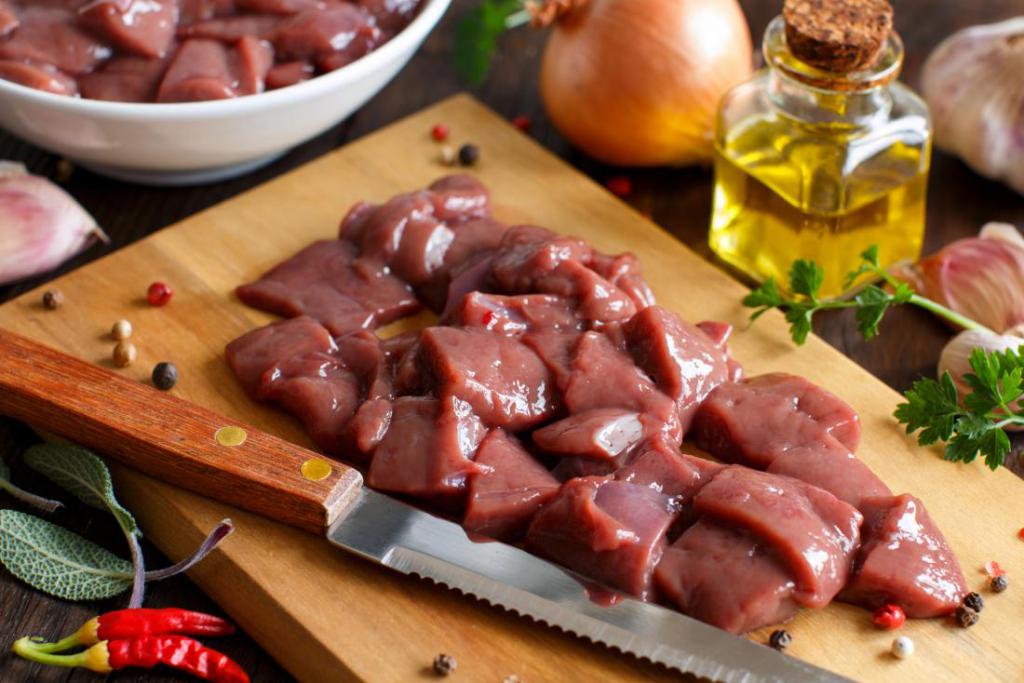
When there is a lot of iron in the body, the functioning of the kidneys, liver, and brain is disrupted. An obvious symptom of its high content is yellowing of the skin of an unhealthy shade. The liver becomes larger, unpleasant sensations appear in the stomach, the heart rhythm is broken, the skin is covered with pigments. In addition, there are attacks of nausea, and appetite disappears, and sharply.